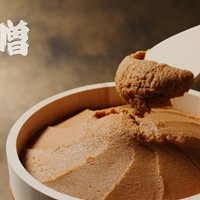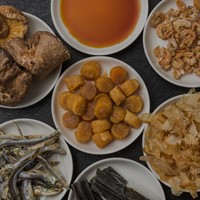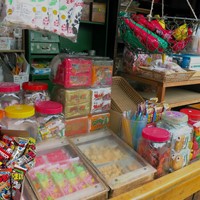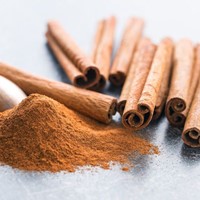Japanese Tofu: A Deliciously Versatile Ingredient

This page contains affiliate links.
While it is rarely a star ingredient, tofu is very widely-used throughout Japanese cuisine and with a broad range of uses, often provides complementary flavor and texture to many dishes. Tofu is very versatile and is easily able to be worked into various meals. It has many health benefits and can be a great addition to a healthy diet. Here we will explore some of these benefits, as well as the different types of tofu and how you can best enjoy them in your everyday meals.
What is Tofu?
The first thing to address is the key question of what tofu actually is. Tofu is made of condensed soybean milk, which is then congealed and formed into curds. From here, it is pressed into blocks. It has its origins in China but has been a key ingredient in many Asian cuisines for centuries. It is thought that tofu first came to Japan during the Nara period with the return of Buddhist monks who were visiting China. It was quickly adopted as a protein in Buddhist shojin cuisine, which is vegan and quite restricted.
In the Muromachi Period (1336-1573) it became popular among the aristocracy and upper classes, and by the Edo Period (1603-1868), tofu was a common ingredient in all areas of society.
Benefits of Tofu
Over recent years tofu has become popular in Western cooking as well, largely due to its many health benefits. For those following a vegetarian or vegan diet, the high protein level of tofu makes it a great replacement for the protein in meat.
It is considered a ‘complete’ protein, meaning that it has a good balance of all 9 essential amino acids. It is also high in fiber, calcium, potassium, and other essential nutrients. Tofu also has many anti-inflammatory properties, making it ideal for people following an anti-inflammatory diet for certain health conditions.
Tofu, as well as other soy products, contain isoflavones, a type of protective antioxidant that can be helpful in preventing the onset of chronic health conditions.
Types of Japanese Tofu
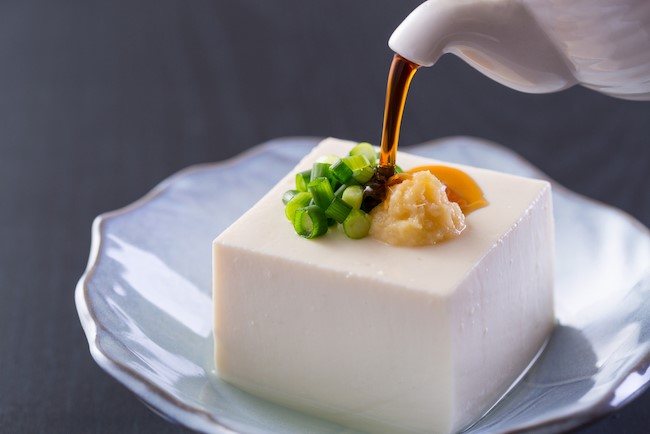
Fresh, Packaged, & Long-life
Tofu can be bought at different levels of freshness, similar to many other products. Fresh tofu has been freshly-made and is usually sold in small, independent stores with a local customer base. The most common tofu is packaged tofu and this is mostly what you will find in supermarkets. The tofu is packaged with water to keep it fresh. Finally, long-life (or pasteurized), tofu is also an option. This tofu sometimes comes vacuum-packed, or packaged in paper cartons and lasts much longer than standard packaged tofu.
Momen
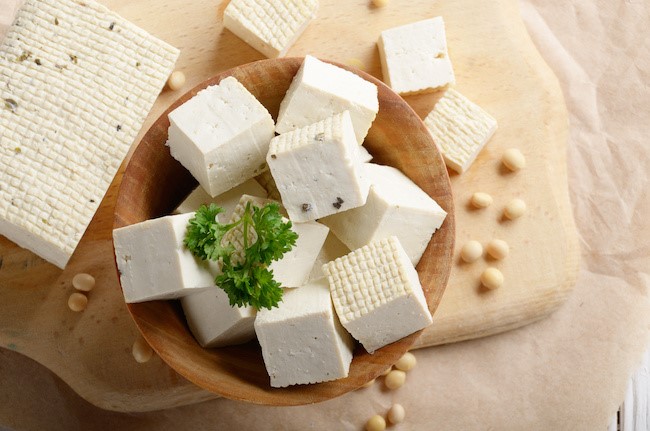
When it comes to tofu, there are often thought to be two main types – momen tofu and kinugoshi tofu. Momen is also sometimes referred to as cotton tofu or firm tofu. Momendofu is ideal for hotpot dishes, stews, and similar dishes as it is able to keep its shape while being cooked in liquid while absorbing the flavor of the broth.
Kinugoshi
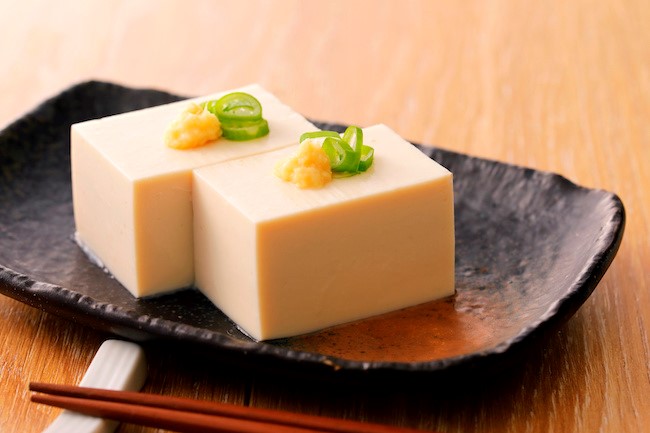
The second of the two main types, kinugoshi(or Kinu) is also known as silk/silken tofu or as soft tofu. It is much softer than momendofu and is more commonly used in miso soup, in desserts, or as a stand-alone snack. Kinugoshi tofu easily tears apart and has a smooth, rich texture.
Abura-age & Atsu-age
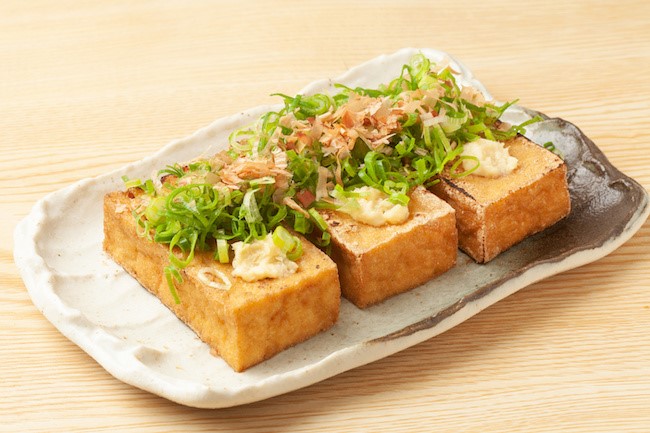
Abura-age and atsu-age are the two main styles of fried tofu. Abura-age is thinly-sliced and deep-fried. These strips can then either be opened to create room for a filling or kept as strips. Inarizushi is one of the most common uses of aburaage, in which the abura-age pocket is filled with sushi rice and sesame. Atsu-age is thicker blocks of deep-fried tofu. This allows a crispy fried shell to form while maintaining the soft tofu interior. This can be incorporated into many dishes but is most common in agedashidofu, where the fried tofu is soaked in dashi (fish broth) and served with daikon (Japanese radish).
Yuba
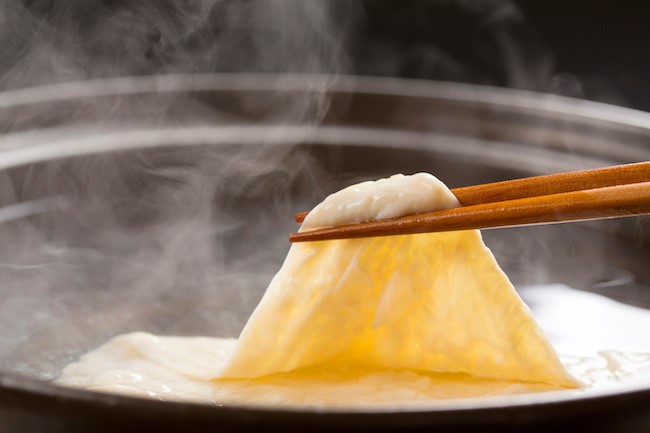
Yuba is a local delicacy from Kyoto and is actually a by-product of the tofu-making process. As the soy milk is being heated a ‘skin’ or film forms over the top. This is removed to continue making the tofu but can be eaten. Yuba is this by-product. It is a very versatile product and can be eaten as is with some dressing, dried and included in soups or stews, or wrapped around other foods, similar to seaweed.
Koya-dofu & Shimi-dofu
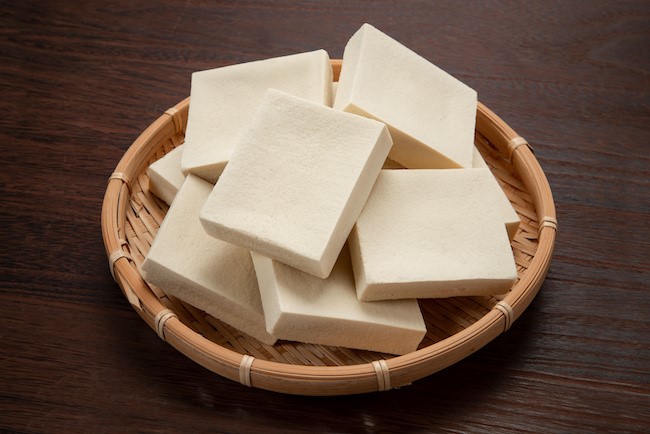
Koya-dofu and shimi-dofu are both variations of freeze-dried tofu. The tofu is usually rehydrated and then served as part of a soup. The freeze-drying and re-hydrating processes create a unique, ‘spongy’ texture that sets this tofu apart from other types. The different names refer to two different areas in Japan where this became popular. The first, koya-dofu, comes from Koya-san, a mountain in the Kansai region of Japan famous as a pilgrimage spot for Buddhist monks.
The second, shimi-dofu, is the variety of tofu from Nagano which was originally dried outside in the snow during winter, but now also uses freeze-drying.
Japanese Tofu Recipes
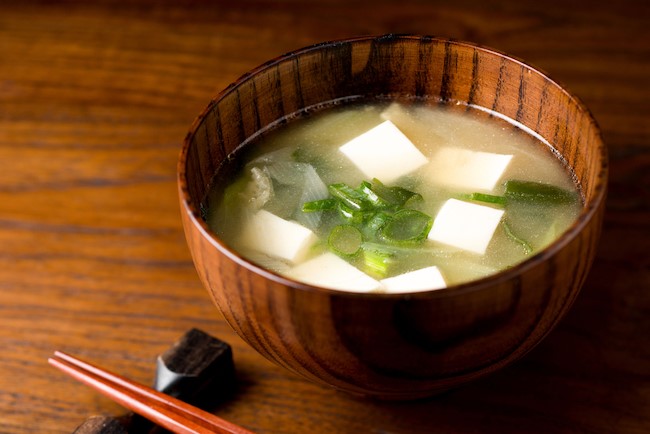
There are many common ways to cook and eat tofu in Japan, largely due to the wide range of different tofu types available. One of the most common ways to eat tofu year-round is as a staple ingredient in miso soup. Miso soup is commonly made as a side dish with Japanese meals and consists largely of miso paste and dashi broth. Other ingredients such as seaweed are added as well.
In winter, hotpot dishes and stews are popular and tofu becomes a common ingredient in many of these. These can include sukiyaki, a beef and vegetable hot pot, or shabu-shabu, where thinly-sliced meat and vegetables are cooked in broth at the table. In summer, common dishes include salads with tofu, or even tofu on its own as a snack with soy sauce, bonito flakes, and similar additions.
How to Enjoy Tofu
Tofu is generally known to have a mild flavor, which is part of what makes it so versatile. However, this also means it is rarely eaten alone, instead it shines as part of a dish, or with condiments added. With such variety in textures, types, and the range of dishes that include tofu, there is bound to be at least one that suits your palate and ideal flavor profile.
Tofu is a Key Ingredient in Japanese Cuisine
Tofu is an integral part of Japanese cuisine yet is often overlooked in the line-up of staple Japanese ingredients. However, its unique flavor, texture, and ability to be added to any dish make it an important part of many Japanese meals. In addition, tofu has many health benefits, including anti-inflammatory properties and a well-balanced nutrient profile. This makes it a great addition to any diet, and even more so if you are aiming to incorporate more Japanese dishes into your everyday meals. With this knowledge of the health benefits, different types of tofu as well as tofu-based recipes, you will easily be able to include tofu in more aspects of your daily diet.
For more information on Japanese cuisine, cooking, check out our numerous articles on the subject here!
